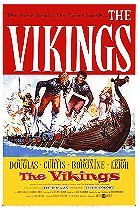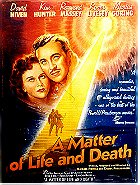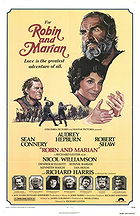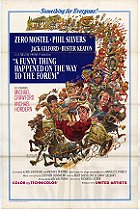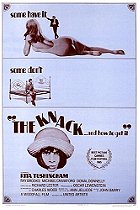There’s something delightfully innocent and feminine about The Trouble with Angels. A lot of this probably has to do with it being directed (Ida Lupino), written by (original novel by Jane Trahey; script by Blanche Hanalis), and starring lots of girls/women (Hayley Mills, June Harding, Rosalind Russell). They never condescend to the emotional journeys of these characters, even if the whole thing is a bit too conservative in the face of deep cultural change, but instead present them all as fully developed individuals. Yes, even the nuns get some texture and development.
There’s no real overarching plot, so The Trouble with Angels plays out in episodic structure giving the whole thing the vague feeling of a tv show being binged. A very cute, charming tv show with a surprise guest appearance by Gypsy Rose Lee as a dance instructor (modern, not her typical, uh, forte). Mills and Harding get into wholesome trouble, the kind that places them as the “bad girls” of the school when they’re just rebelling in the most suburban ways imaginable and squaring off against the stern-but-fair Mother Superior (Russell).
If there is any plot thread that ties it all together, it’s in the slow realization Mills experiences in witnessing all the good that the nuns do. Her eventual turn from adversary to novitiate is superficial, to be sure, but so is the surrounding film in many ways. While the nuns are introduced as whacky, Mills’ eventual realization of them as people and dedicated pillars of the community is presented at surface level. It’s all fine and good getting by mainly on the charm of Mills and Russell, which will get you a lot if you know how to work it. Lupino does, recognizing the material for the afternoon time-filler it is and smart enough to let the two rip through the silly scenarios with their patented charisma.
 Login
Login
 Home
Home 95 Lists
95 Lists 1531 Reviews
1531 Reviews Collections
Collections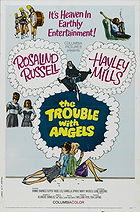
 0 comments,
0 comments, 